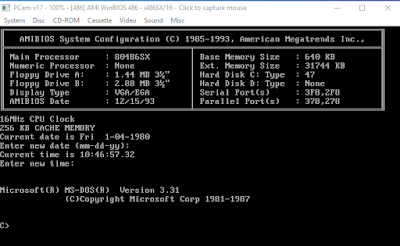What to do after installing DOS 6.22?

Introduction In the last post we described the process of creating a DOS 6.22 virtual machine. But that VM is far from perfect. If you were curious, you might have even tried to open DOSSHELL and fond that it does not work properly. So, in this tutorial we are going to show you how to optimize DOS 6.22. Note that this tutorial does not refer to any virtualization software in particular and is applicable to all of those which are supported by us. For a list, see the VM Software tag. If you have not already installed DOS 6.22, see our tutorial on - How to install DOS 6.22 on VirtualBox? Files Needed CD Driver floppy image Utilities ISO CD Driver As you might have experienced, installing software from different floppy images can be very tiresome. So, I have created a special ISO disk image with all the needed software. But DOS 6.22 does not contain CD support by default. So we need to enable it. Yo...






